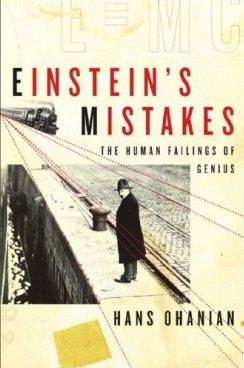Astrophysicists have known for more than three decades that black holes shouldn’t be totally black — they should emit a certain amount of “Hawking radiation” from the production of particle–antiparticle pairs around their event horizons. But detecting Hawking radiation has so far proved tricky, mostly because its temperature would be at least eight orders of magnitude lower than the cosmic microwave background left over from the Big Bang.
One way round this problem, as Ulf Leonhardt and colleagues from the University of St Andrews, UK, demonstrated earlier this year, might be to create systems that are analogous to black holes in the lab in which the temperature of the radiation is much higher. The researchers showed that a pulse of light travelling through a fibre can behave like a black hole, and, although they didn’t actually detect Hawking radiation, they showed that in principle it should be possible.
Now, in a paper published today in the New Journal of Physics, is seems as though Leonhardt’s group are one step closer. Rather than use pulses of light as an analogous system to a black hole, they have built a system of water waves. I confess that I haven’t yet studied this paper carefully enough to describe with any certainty what the researchers have done, suffice it to say they claim to have observed “negative-frequency” waves, the classical analogue of anti-particles which are the hallmarks of Hawking radiation.
In a brief email conversation last week, Leonhardt told me that they are not yet sure whether this is enough to constitute an observation of a classical analogue of Hawking radiation: “Hawking’s effect is a quantum phenomenon, a spontaneous quantum process, but like all spontaneous processes it can be stimulated. This is what we did, we sent in waves and saw a tiny bit of stimulated negative-frequency waves, but there are quantitative differences between experiment and theory that we do not understand yet.”
Of course, if and when Leonhardt’s group do find negative-frequency waves that agree with theory, there will be a debate as to whether they are “real” Hawking radiation. No doubt you will be seeing more of this on physicsworld.com soon.
